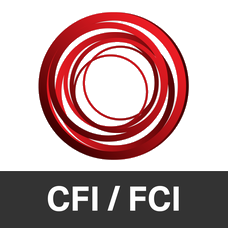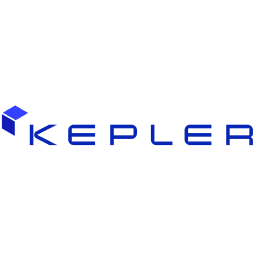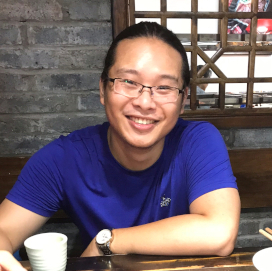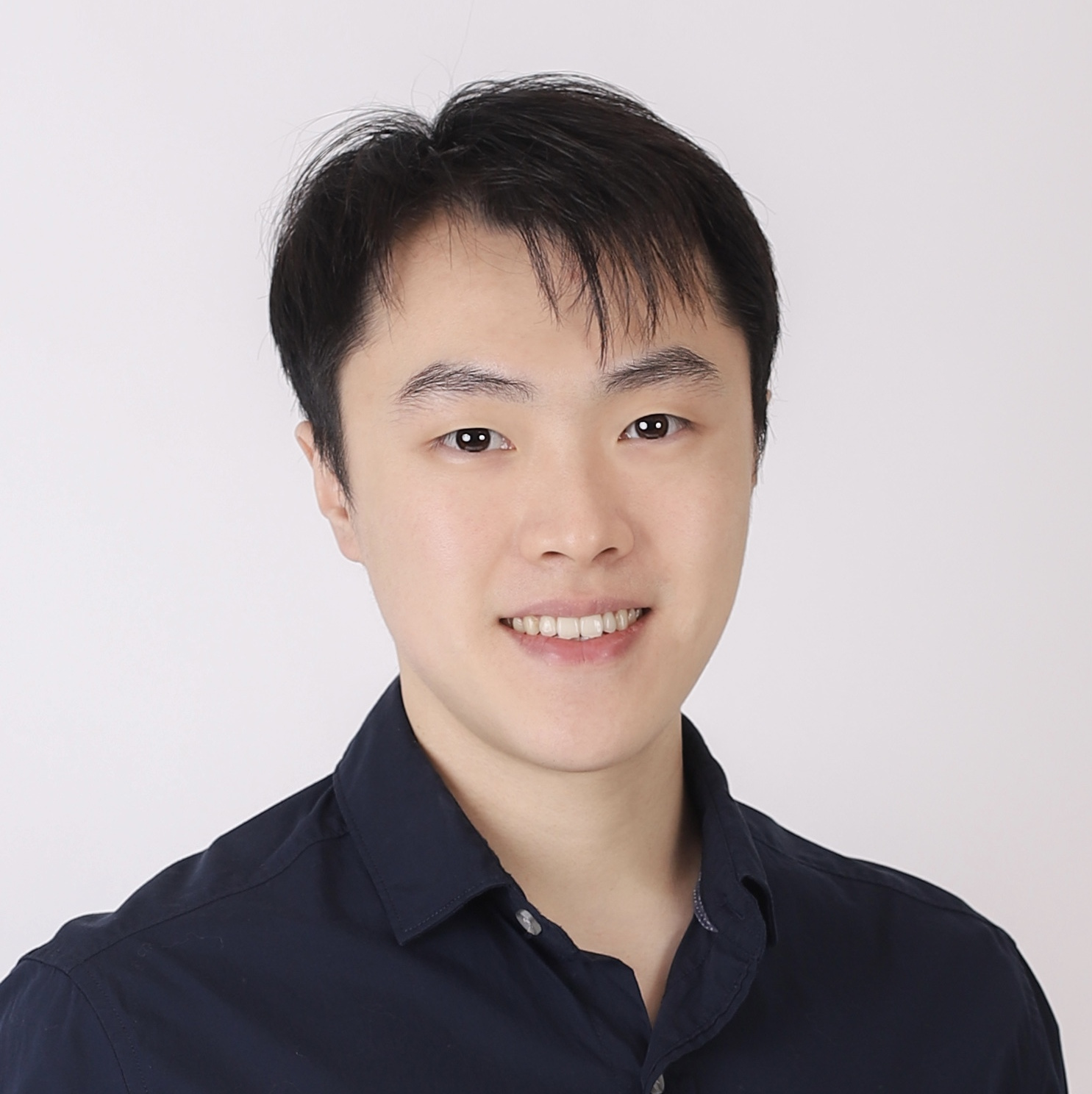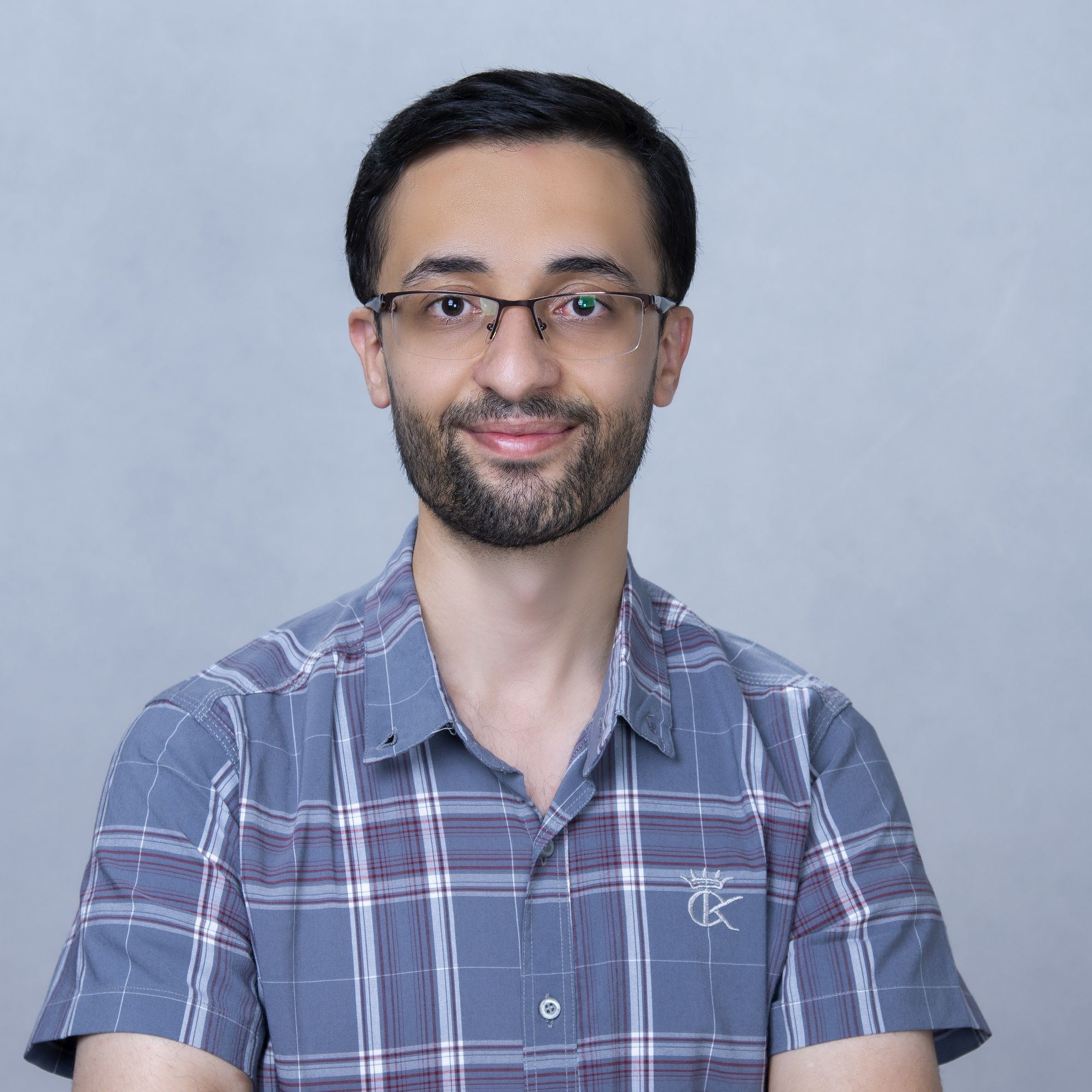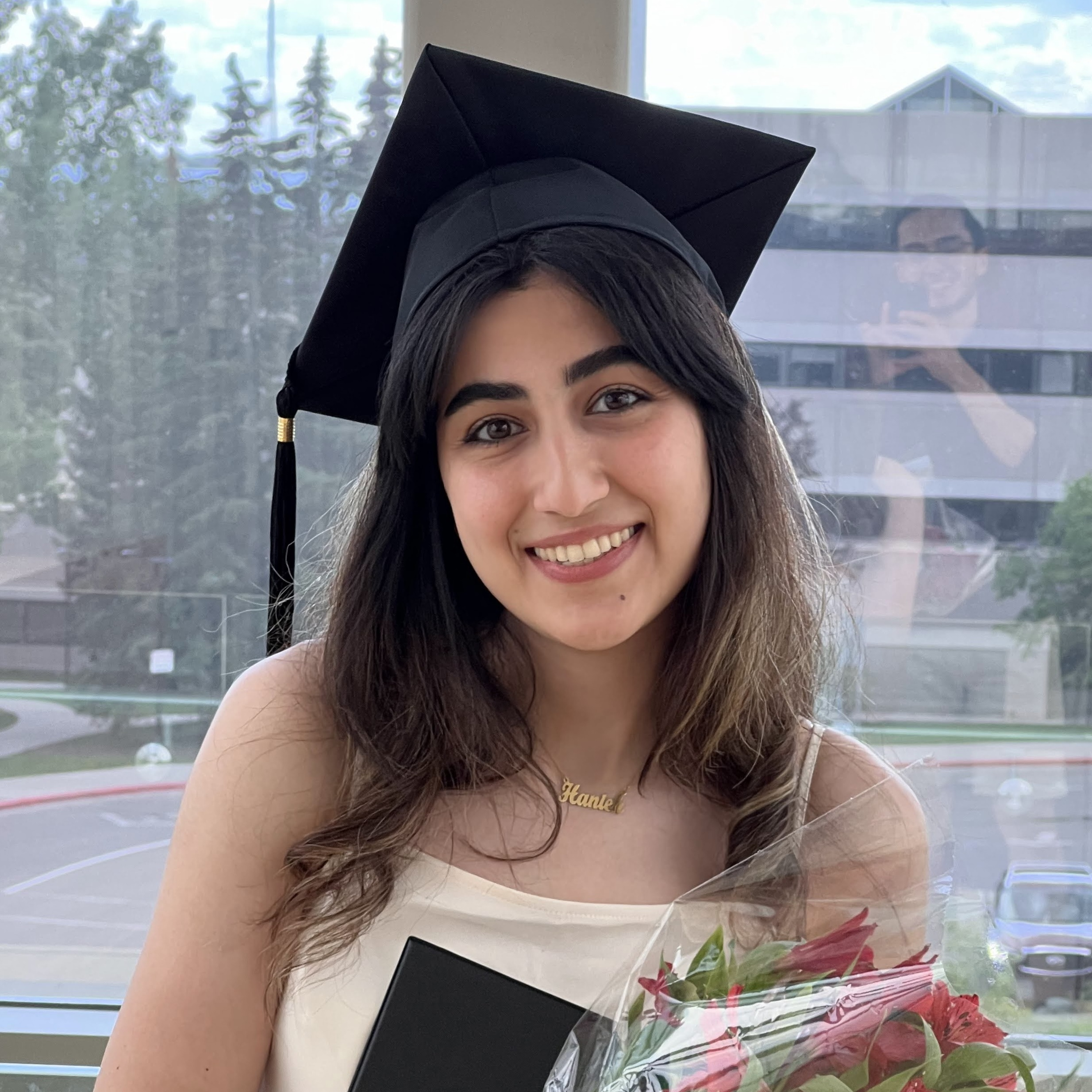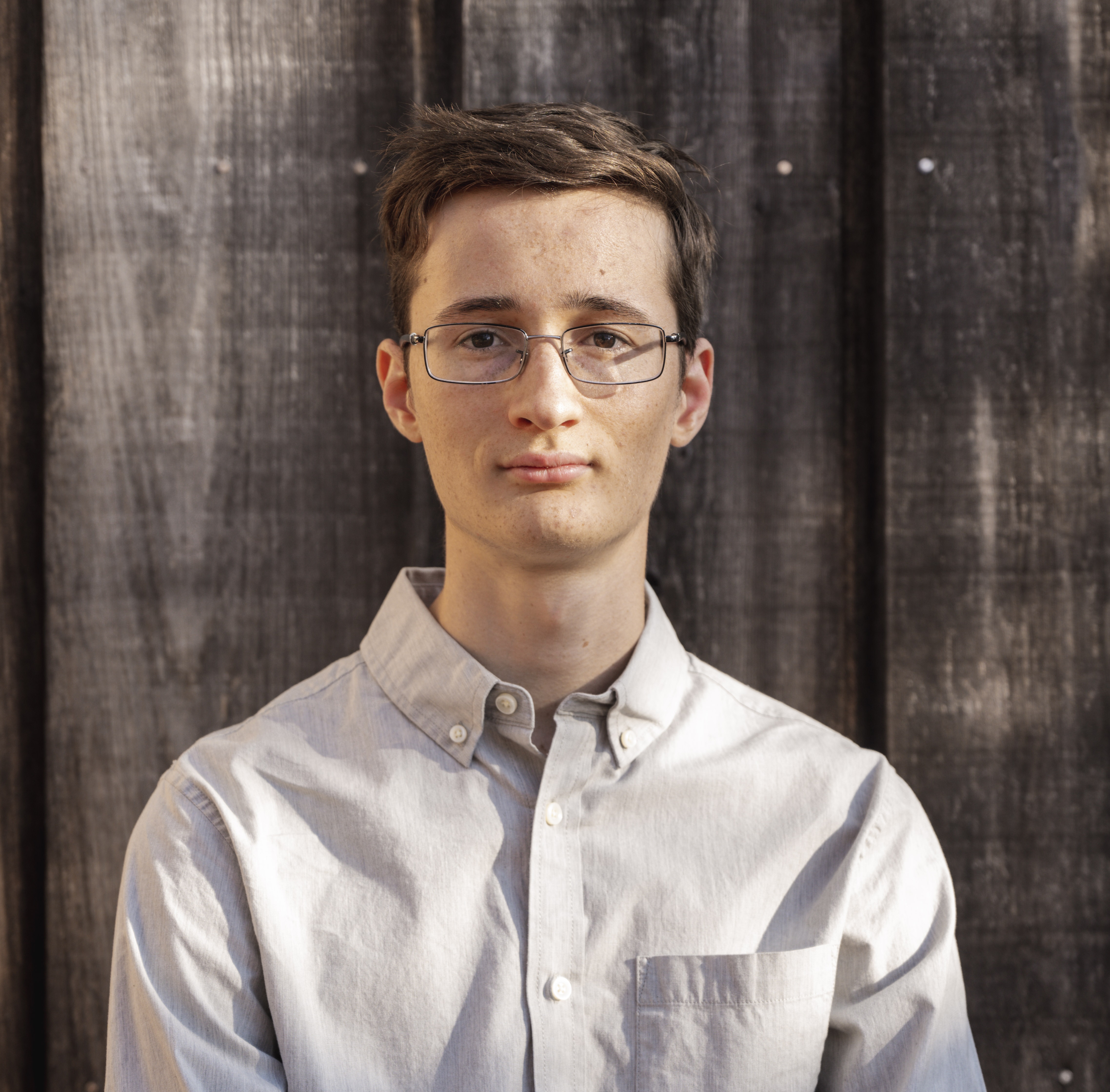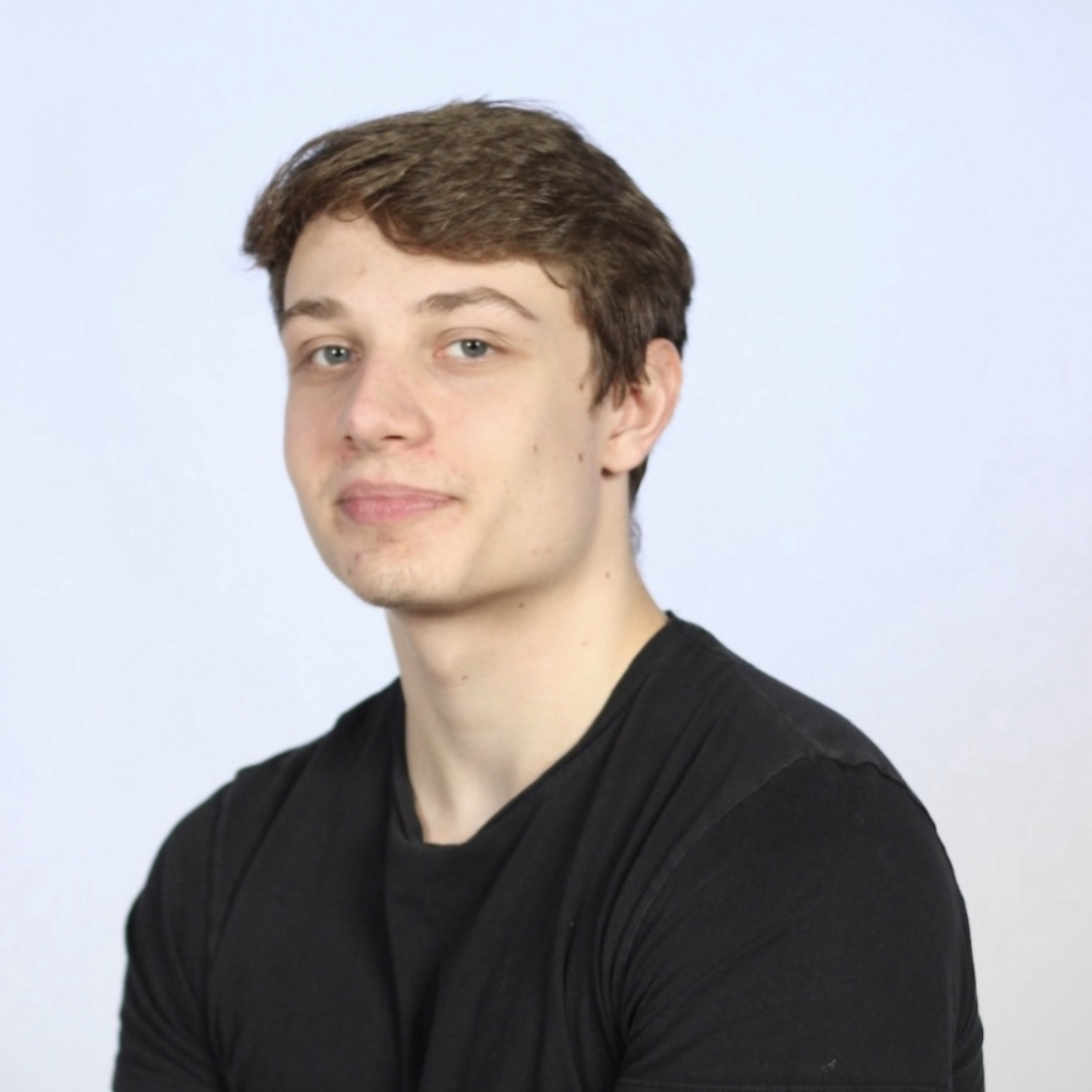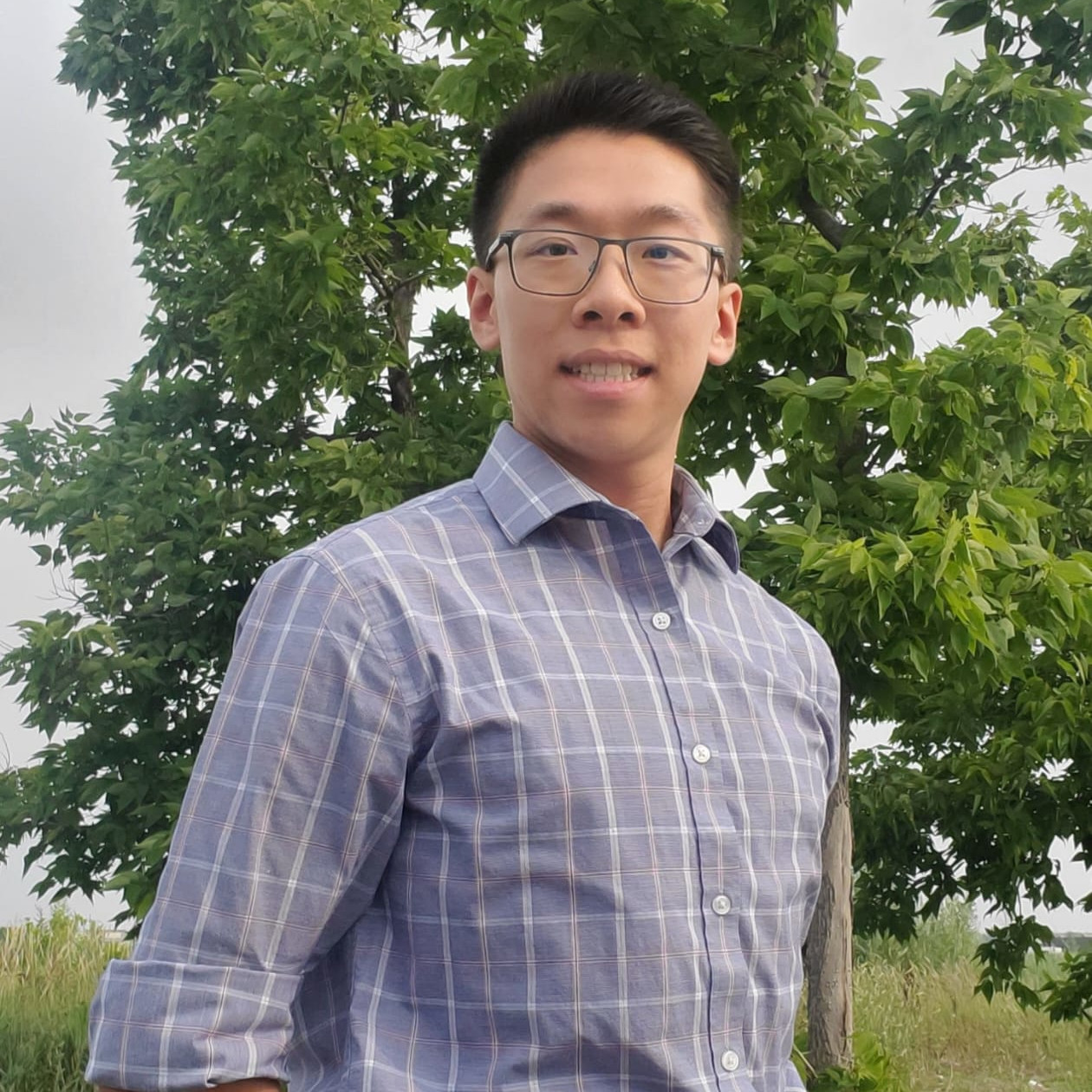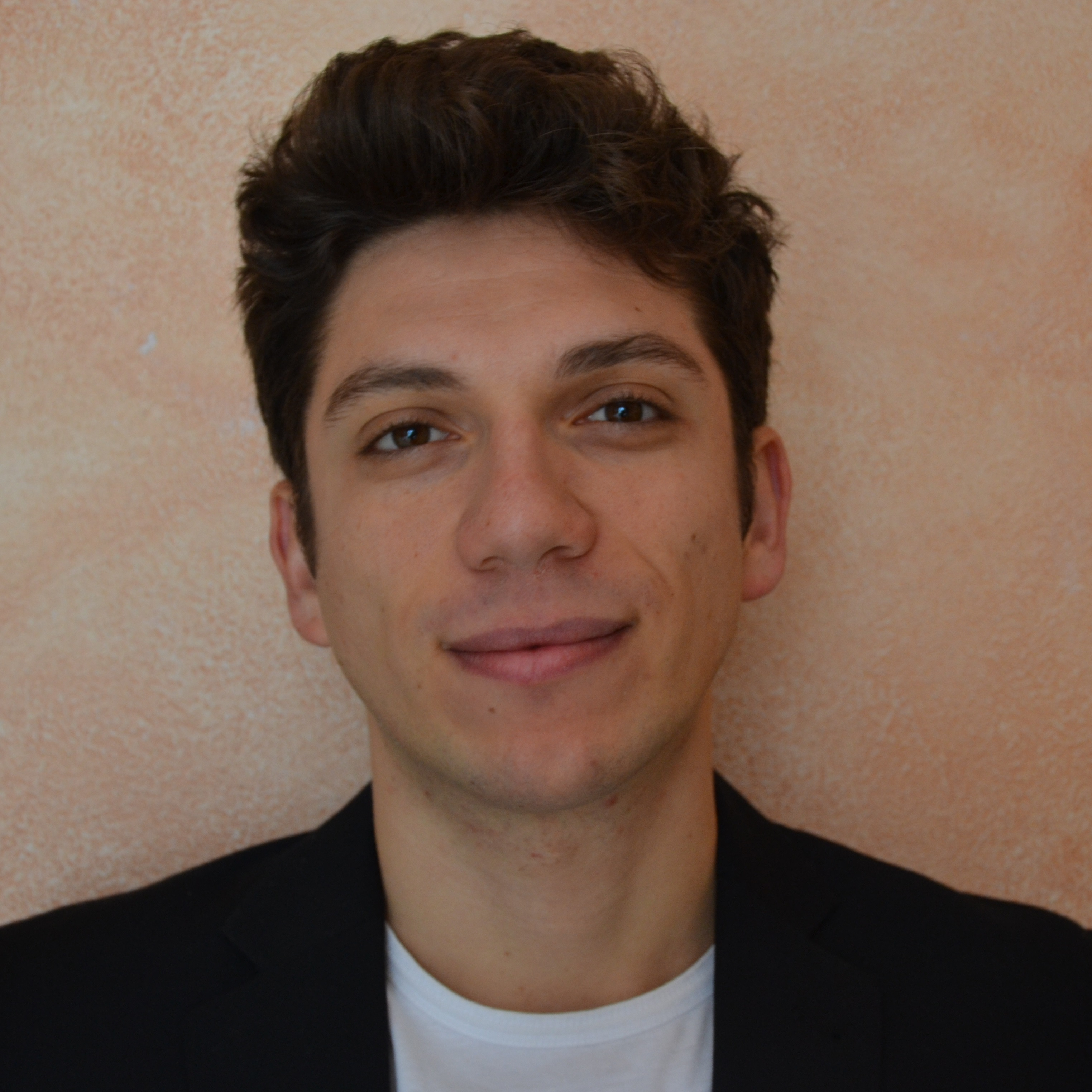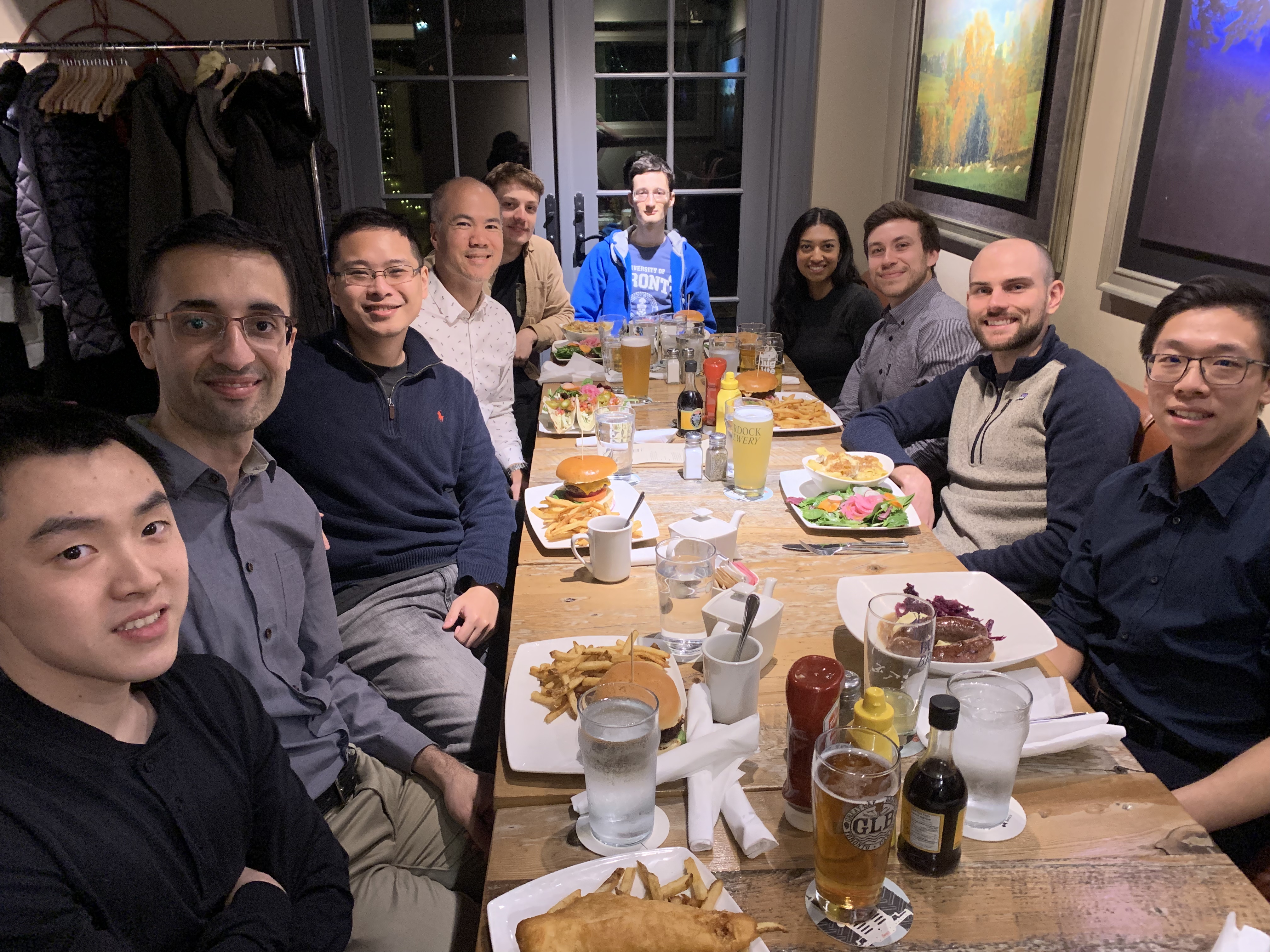Research
The RADIANCE lab at the University of Toronto, led by Professor Sean Victor Hum, develops advanced antenna systems using a variety of advanced electromagnetics techniques and technologies. Our techniques comprise theoretical, computational, and experimental-based approaches to developing these antennas, with emphasis on practical applications in aerospace and terrestrial radio systems.
Research Themes
A central research theme of our laboratory is exploiting advanced electromagnetic surfaces (AES) as the basis for various antenna architectures. AESs comprise a spectrum of artificially engineered electromagnetic surfaces, including reflectarrays, transmitarrays, frequency-selective surfaces, polarizers, meta-surfaces, and meta-gratings. Planar and conformal antenna apertures realized from AESs can be designed to achieve extraordinary control over the radiation characteristics of the resulting antenna. AES-derived antennas also benefit from the simplified feeding / illumination of these structures. Our group develops end-to-end synthesis techniques for AESs, as well as experimental prototypes of these antennas derived from AESs.
Another research theme of our lab is exploring reconfigurable antennas and systems to enable adaptive and multifunctional physical layers in radio systems. In particular, our group investigates reconfigurable apertures (often derived from AESs), antennas, and RF front-ends to provide these capabilities.
Our group is hardware-focused and emphasizes experimental development of antennas for practical applications in wireless communication systems in the microwave and mm-wave range. A significant portion of our work targets applications in space, but applications are not limited to this domain. Our group develops antenna technologies for a numerous applications, including space telecom (on both the space and ground segments), radio astronomy, mobile handsets, RFID, and 5G/6G terrestrial wireless.
Research Projects
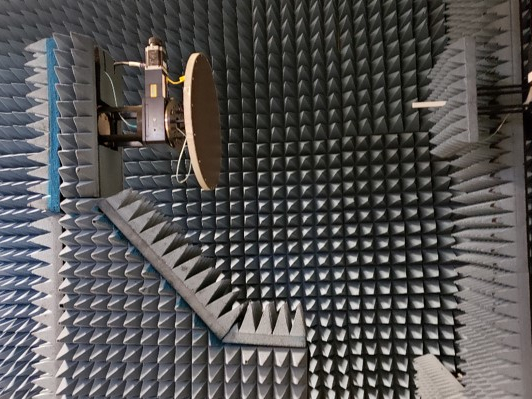
AESs for Spaceborne Platforms
AESs are useful on the space segment of satellite communication systems owing to the fact that their radiation characteristics can be easily tailored over multiple frequency bands and polarizations. They also can easily achieve wide-angle scanning capability, and can be made deployable in small satellite platforms. Our group is developing various AES-derived antenna solutions for space in conjunction with our partners (MDA, Thales Alenia Space, Kepler Communications, and the European Space Agency).

(Inverse) Design Methods for AES Unit Cells
The design of AES unit cell constitutes an "inverse design" problem whereby desired scattering characteristics must be mapped to the geometric topology of the scatterers. Our group is investigating design methods based on machine learning networks (particularly generative networks), as well as topological optimization techniques.
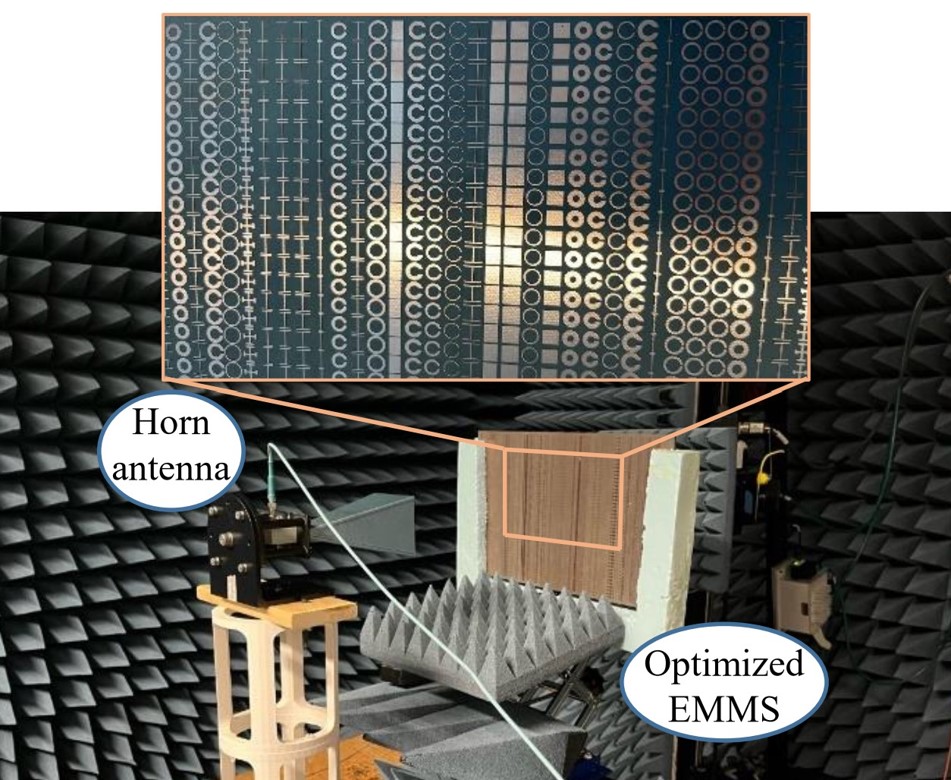
AES Synthesis Methods Using Optimization
The macroscopic design of AESs involves defining how the topology of the surface should be varied in order to achieve a specific electromagnetic function. Designing antennas using AESs involves application of constraints to their radiation characteristics, which creates a challenging problem to synthesize AESs given only characteristics of the radiated fields are known (instead of the fields themselves). Our group develops optimization frameworks to make this possible. Together with the AES unit cell techniques described above, these methods enable a complete end-to-end synthesis procedure for AESs.
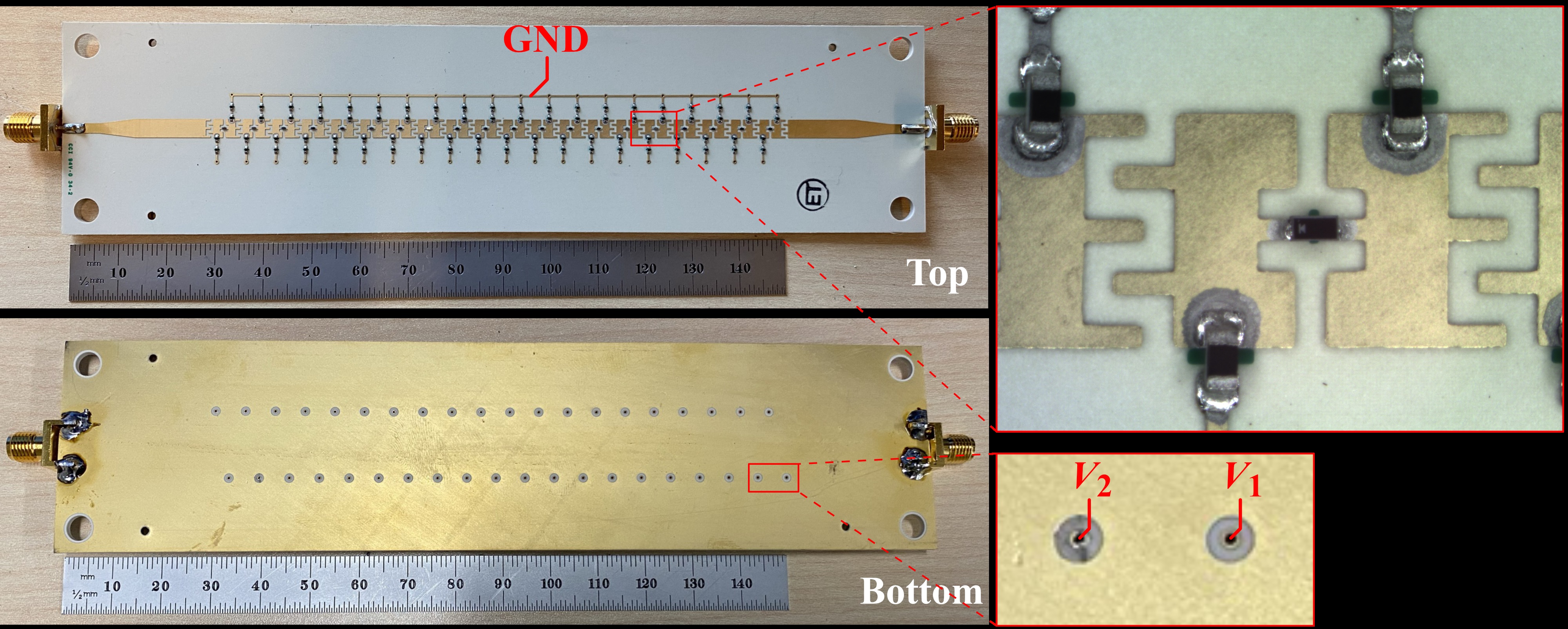
Reconfigurable Apertures and Intelligent Surfaces
Reconfigurable antennas are essential for realizing electronic beam-steering capability. They can be realized by integrating electronically controllable elements and/or materials within antennas and AESs. Our group investigates a number of reconfigurable antenna implementations, including leaky-wave antennas, AESs, and handset antennas.
Reconfigurable intelligent surfaces (RISs) are a class of AESs used for manipulating the propagation characteristics of radio channels. They are of particular interest in emerging 6G wireless systems, given their ability adaptively adjust their scattering characteristics to improve performance of SISO and MIMO communication schemes. Our group is applying its heritage in reconfigurable antenas to develop channel-informed RIS designs.

AESs and RF Signal Processing Techniques for Radio Astronomy
AESs can be highly useful for realizing components of radio telescopes. In collaboration with researchers at Virginia Tech, we are developing AES-derived apertures for mitigating interference in radio astronomy. We are also devising signal processing techniques to further mitigate the impact of interference at the receiver level.
Research Support
Team
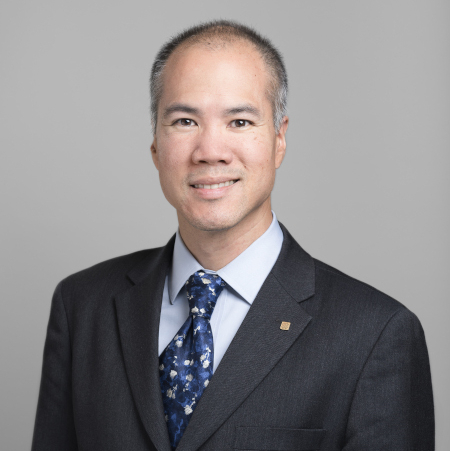 Sean Victor Hum was born in Calgary, Alberta, Canada.
He received his B.Sc., M.Sc. and Ph.D. degrees in
electrical engineering from
the University of
Calgary in 1999, 2001, and 2006 respectively. From
1997-2006 he also worked with TRLabs on a variety of
projects in wireless and radio-over-fibre
applications. In 2006 he joined
the Edward
S. Rogers Sr. Department of Electrical and Computer
Engineering at
the University of
Toronto where he currently serves as a Professor and
the and the Eugene V. Polistuk Chair in Electromagnetic
Design. In 2014 he was a visiting scientist with
the European Space
Agency
at ESTEC,
in Noordwijk, The Netherlands, and then a visiting
professor at Universidad
Politécnica de Madrid (UPM). Prof. Hum leads
the RADIANCE laboratory at the University of
Toronto, and along with his students, he is conducting
research in the areas of advanced electromagnetic
surfaces, reconfigurable antennas, and antennas for
space applications.
Sean Victor Hum was born in Calgary, Alberta, Canada.
He received his B.Sc., M.Sc. and Ph.D. degrees in
electrical engineering from
the University of
Calgary in 1999, 2001, and 2006 respectively. From
1997-2006 he also worked with TRLabs on a variety of
projects in wireless and radio-over-fibre
applications. In 2006 he joined
the Edward
S. Rogers Sr. Department of Electrical and Computer
Engineering at
the University of
Toronto where he currently serves as a Professor and
the and the Eugene V. Polistuk Chair in Electromagnetic
Design. In 2014 he was a visiting scientist with
the European Space
Agency
at ESTEC,
in Noordwijk, The Netherlands, and then a visiting
professor at Universidad
Politécnica de Madrid (UPM). Prof. Hum leads
the RADIANCE laboratory at the University of
Toronto, and along with his students, he is conducting
research in the areas of advanced electromagnetic
surfaces, reconfigurable antennas, and antennas for
space applications.
Prof. Hum received the Governor General's Gold Medal for his work on radio-on-fibre systems in 2001 and an IEEE Antennas and Propagation Society Student Paper award for his work on tunable reflectarrays in 2004. In 2006, he received an ASTech Leaders of Tomorrow award for his work on reconfigurable antennas. In 2012 he was awarded an Early Researcher Award by the Government of Ontario. He was twice the co-recipient of the IEEE Antennas and Propagation Society R. W. P. King Award, in 2017 and 2015. On the teaching side, Prof. Hum has received six teaching awards. Prof. Hum is a Senior Member of the IEEE. He was an Associate Editor of the IEEE Transactions on Antennas and Propagation from 2010-17. He was the TPC co-chair for the 2015 IEEE International Symposium on Antennas and Propagation. He is currently co-chair of the IEEE AP-S Education Committee.
Prof. Hum is a licensed professional engineer (P.Eng.) in the province of Ontario. He is also an active amateur radio operator (advanced class), with callsign VA3SHV.
Curriculum vitae (PDF)
Research Team
Group photo, Fall 2023. Clockwise from left: Ziqi, Mahdi, Zhengzheng, Sean, Jayke, Iliya, (Tashmia), Jeff, Stewart, Nan-Rong
 RADIANCE | lab
RADIANCE | lab
